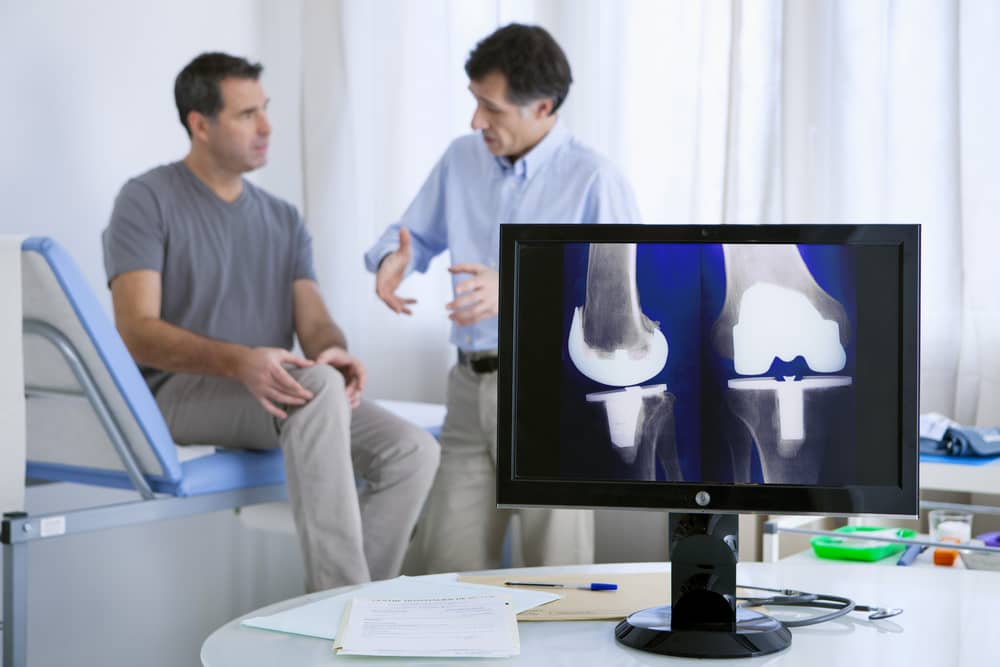
As the Spring opens and Summer is around the corner, it is time to get back out to running. A common condition that we see in our chiropractors' office, here in Knoxville, is Runner's Knee. Runner's Knee Treatment is something that we have perfected over time to help our runners recover quicker and stay out longer. Below, you will see a step by step approach we use right here in Knoxville to treat runner's knee.
First, when talking about runner’s knee treatment, it’s important to first consider Mike Boyle’s Joint by Joint approach.
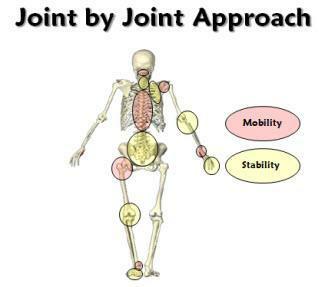
Boyle observed that the joints in the body alternate with those that are intended to be mobile and those that are stable. In the lower extremity, the foot needs to be stable. A strong foot is important to withstand the initial forces that come with running and walking. When this area isn’t strong enough, the arch can fall, flattening occurs and the ligaments and structures can become painful. This lack of stability then transmits to the ankle which will do it’s best to tighten up and compensate for the flat, unstable foot. These aberrant forces are then transmitted up into the knee which will do it’s best to absorb them. In doing so it will start to become lax as the repetitive multiplanar forces begin to cause changes in the tissue of the knee.
You can think of it as a wobbly tire on a car. The car’s construction is made for absorbing forces that are linear in nature. A tire that is balanced will rotate smoothly on the axle and thus have one main direction of force as the car drives, thus preserving the axle and joints that keep the wheel attached. With a tire that isn’t lined up correctly or is out of balance, the wheel will wobble and thus forces are transmitted in multiple directions as opposed to the one direction that the car was designed for. This will cause the areas that attach the wheel to the car to loosen as repeated forces from the unbalanced wheel rolling pull those joints apart.
Our knee is not so different. With a dysfunctional foot and ankle complex, the stable knee will become overworked and loose. This is the mechanism behind many of the injuries that develop in the knee, especially Iliotibial band syndrome, a.k.a. runner’s knee. By this point, you should see where I’m going with this. If you want to fix the knee, first you’ve got to fix the foot and ankle.
Strengthening exercises for the foot and stretching exercises for the ankle are excellent places to start. Here are a few awesome exercises to fix your feet and ankles
This is an awesome drill for mobilizing the ankles. Something that we treat very commonly in the office is anteriority of the talus bone. The talus is the bone in the foot that the tibia (shin bone) sits on and is directly responsible for transmitting force up and down the kinetic chain from the foot to the rest of the body. If the talus has subluxated anteriorly (restricted at the front of the ankle), ankle dorsiflexion (ability to bring your foot up) can be considerably reduced. Tightness in the calves can be just as much of a factor, if not more, but if the talus is not where it needs to be, no amount of soft tissue work will gain back that ankle mobility.
With one end of a strong band fixed to a stable structure, put the other end low down, around the very front of the ankle. Walk the band out so that a considerable amount of tension has built. From here kneel down and push your knee out as far over your banded foot as possible without the heel lifting. Here we repeatedly rock forward as far as possible without the heel lifting. This is gently stretching the calves as well as coaxing the talus back where it needs to be. Play with the angle that you rock your knee over your foot as you do it. You want to rock into the direction of the most restriction. Do this for 30-40 seconds.
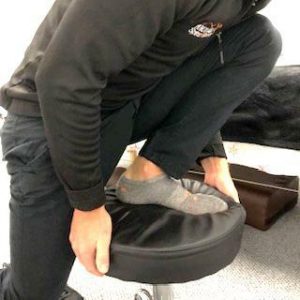
The chair calf stretch is an awesome one for stretching the soleus muscle. The gastrocnemius and soleus are the calf muscles that will so frequently limit ankle motion. This stretch is best done on a chair with little to no cushion. The foot is placed on the seat of the chair and with your hands, grab the edges and pull your body weight down and forward. It will be important to keep your knee over your toes or slightly outside your “pinky toe”.
The farmer’s carry is an amazing exercise for increasing core stability as well as foot and ankle strengthening. To make sure that the foot and ankle are being maximally worked, it is best to be done barefoot and being very conscientious of not letting the foot flatten and arch collapse with each step. Choose a heavyweight to hold in one hand, stand upright, and begin to walk. Do your best to fire your obliques to keep you from swaying side to side with each step. Ideally, you will achieve 30-40 steps before you drop the weight and switch hands. Be very aware of your feet as you are doing this. They should be pointing forwards, and you should feel the weight shifting from the inside posterior heel, through the middle of the foot and to the front and outside aspect during push off. All of your toes should be strong and connecting to the ground with each step.
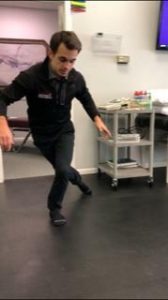
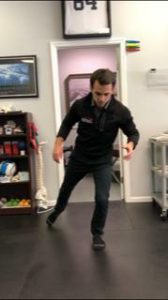
With the foot reaches around the clock, the most important part is the starting position. The idea is to plant that front foot with solid contact at all 3 points, the heel, medial forefoot, and lateral forefoot. When reaching any direction the stance knee is to remain in line with the middle toes at it travels forward. From here reach around the clock: 12, 1:30, 3, 4:30, 6, and 7:30. The last will be an almost curtsy type motion as you reach your foot back behind you. Again it is pivotal to maintain good form and posture with the stance foot and ankle not allowing the knee to cave in past the middle toes. Do this on both legs for a few repetitions each.
Try out a few of these stretches and strengthening exercises and watch your knee pain melt away as you build up your foot and ankle strength.
Here at Knoxville Spine and Sports, our Chiropractors are familiar with treating runner's knee. Our Chiropractors take great pride in helping athletes from all walks of life, younger or older, to get back out and stay healthy. Call our team of qualified physicians today to get treatment for your runner's knee.
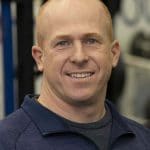
430 Montbrook Lane Suite 203
Knoxville, TN
37919
Phone: 865-337-5574
Monday
7am-12pm & 1pm-6pm
Tuesday
7am-12pm & 1pm-4pm
Wednesday
7am-1pm
Thursday
7am-12pm & 1pm-6pm
Friday
7am-12pm & 1pm-4pm
Saturday & Sunday
Closed